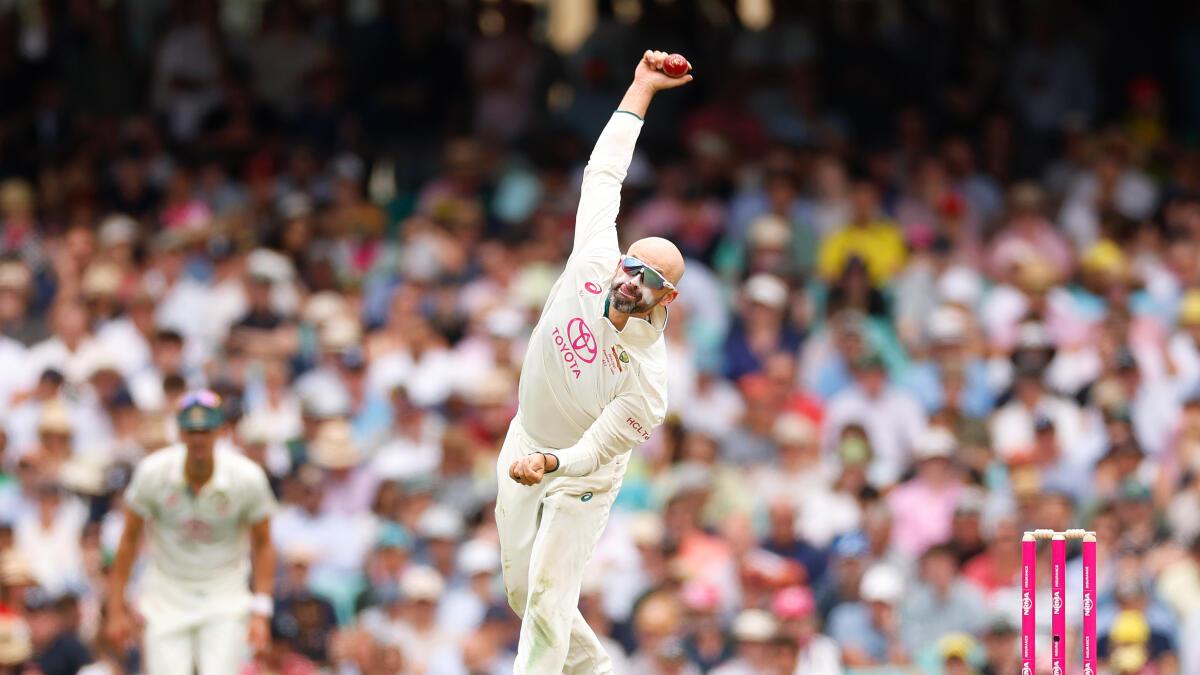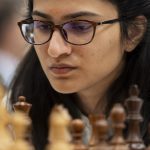Border-Gavaskar Trophy: Is Sydney still a haven for spin bowlers? A statistical analysis into SCG’s transition


Border-Gavaskar Trophy: Is Sydney still a haven for spin bowlers? A statistical analysis into SCG’s transition
As the final Test of the 2024-25 Border-Gavaskar Trophy series rolls in, India will fancy its chances at winning and drawing level in the series.
It will feel so in no small part due to the venue, Sydney, which is widely understood to be the Australian venue that is most conducive to spin bowling, and most likely to bring India’s strengths to the fore.
But is Sydney really as spin-friendly as it is often made out to be?
The baseline numbers suggest that there is merit to the idea that Sydney is a ground that is hospitable for spin bowlers. Of all the grounds in Australia to have hosted five or more Test matches, Sydney has the second-best bowling average and third-best strike rate.
Three of the top four wicket-takers at the SCG are spinners (Shane Warne, Stuart MacGill, and Nathan Lyon) as well.
However, a deep dive into the numbers reveals something constrasting. Since September 2011 (Lyon’s Test debut was on September 3, 2011), spinners have struggled far more in Sydney. Before 2011, Sydney afforded spinners the second-best average and strike rate amongst other venues in the country, but from 2011 onwards, it has yielded the third-worst average and second-worst strike rate Down Under.
It is also worth noting the position of Lyon, who accounts for roughly 40 per cent of the balls bowled and wickets taken at the SCG. Without him, the numbers are even more disheartening for spinners – 66 wickets at an average of 55.94 and strike rate of 92.86.
Part of the explanation for this does appear to be that since 2011, the Sydney Cricket Ground has become a far easier venue for batting.
Averages against both spin and pace have increased significantly, while economy rates have also gone up. The strike rate of spinners has also increased, although the strike rates of pace bowlers haven’t witnessed a similar increase.
The proportion of draws at the SCG has also gone from 17 draws in 99 matches until 2011 to six out of 13 since.
However, it is worth noting that spin still accounts for 35 per cent of the wickets at the SCG, the highest for any ground that has hosted at least five Tests in Australia. Therefore, wickets are still on offer for spinners, but they are coming at a far higher cost than before.
The cost of these wickets is not distributed equally. When grouped by innings, it is clear that bowling spin in the first and second innings has become a significantly more expensive proposition.
While the numbers for the third and fourth innings have remained relatively similar for spinners, the difference between the first and second innings has widened over time.
Both averages and strike rates for spinners in these innings have jumped significantly since 2011, a sign that batting against spin has become simpler during this period.
The nature of the SCG pitch has clearly changed over time, with the green pitch currently being used for the ongoing fifth Test being its latest evolution.










